The English language can be confusing, even to professional writers and language experts.
There are so many rules to learn and grammar quirks that take time to understand. And one common question is whether spelling is considered part of the equation.
While they’re related, they make up different aspects of language.
Today, we’ll dissect the difference between spelling and grammar.
We’ll explain why they’re like inseparable twins, and show you how to improve in both.
Whether you’re writing an essay, drafting an email, or just trying to sound more professional online, understanding this distinction will help.
TL;DR
Spelling is not technically part of grammar. Grammar deals with how words work together in sentences (structure, rules, relationships). Spelling focuses on how individual words are written.
But they overlap so much in practice that most people treat them as one big category.
Both matter for clear writing, and tools like AI grammar checkers can help you catch mistakes in both areas.
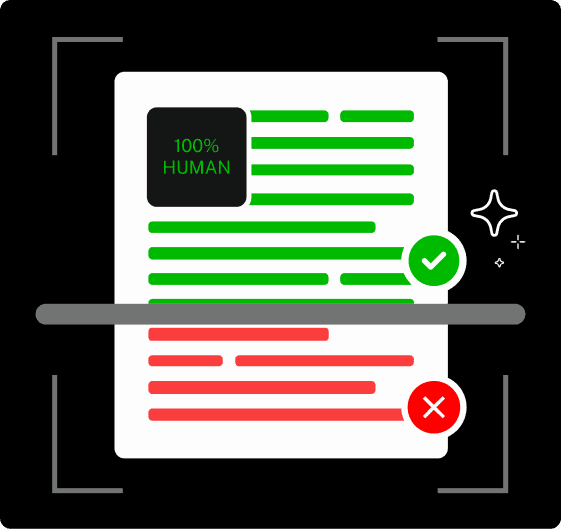
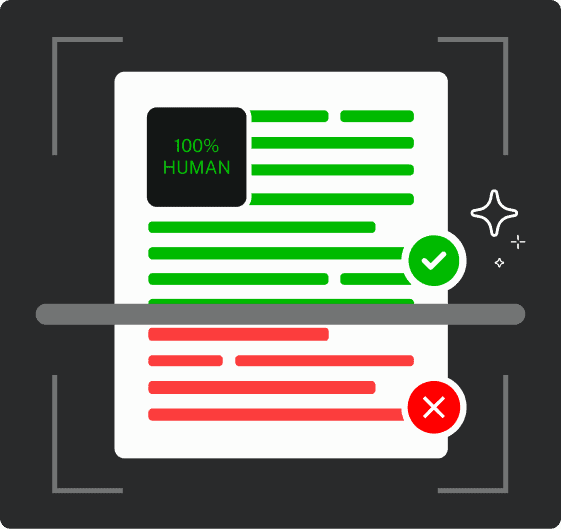
Never Worry About AI Detecting Your Texts Again. Undetectable AI Can Help You:
- Make your AI assisted writing appear human-like.
- Bypass all major AI detection tools with just one click.
- Use AI safely and confidently in school and work.
Key Takeaways
- Spelling and grammar are separate systems—grammar governs structure, while spelling focuses on word formation.
- Both are essential for clarity, professionalism, and effective communication in writing.
- Undetectable AI’s Grammar Checker catches grammar, spelling, and style issues in one pass.
- Pair it with AI Paragraph Generator to study polished, well-structured writing examples.
What Is Grammar? (Simple Definition)
Grammar is the system of rules that governs how words combine to create meaning.
It’s about sentence structure, not the spelling of individual words.
Think of grammar as the architecture of language. It tells you:
- Where words go in a sentence
- How words change form to show tense, number, or possession
- Which words connect to which other words
- How to structure questions, commands, and statements
For example, “She go to school yesterday” is a grammatical error. The word “go” is spelled correctly, but it’s the wrong form. It should be “went” because we’re talking about the past.
Grammar covers things like:
- Verb tenses (run, ran, running)
- Subject-verb agreement (she walks, they walk)
- Pronoun usage (I vs. me, who vs. whom)
- Sentence structure (fragments, run-ons)
- Punctuation placement
The key thing to remember about grammar? It’s about relationships between words. Not the words themselves.
What Is Spelling? (Simple Definition)
Spelling is the correct arrangement of letters within a word. That’s it. It’s about getting the word itself right, and not about how it fits into a sentence.
English spelling is notoriously difficult because we borrowed words from many other languages, including French, Latin, Greek, and German.
Each language comes with its own spelling patterns, and we just kept them all, which is why “knife” has a silent K and “pneumonia” starts with a P that no one pronounces.
Spelling involves:
- Knowing which letters go where in a word
- Understanding common patterns (i before e, except after c—for the most part)
- Memorizing exceptions (because English has a million of them)
- Recognizing homophones (words that sound the same but are spelled differently)
A spelling error looks like this: “I recieved your email.” The word should be “received.” The sentence structure is fine.
The grammar is fine. But that one word is spelled wrong.
Here’s what makes spelling tricky: you can spell a word correctly and still use the wrong word.
“Their” is spelled correctly. “There” is spelled correctly. “They’re” is spelled correctly. But if you write “Their going to the store,” you’ve made a word choice error, not a spelling error.
The spelling itself is perfect.
This is where things get murky.
Is Spelling Part of Grammar? The Direct Answer
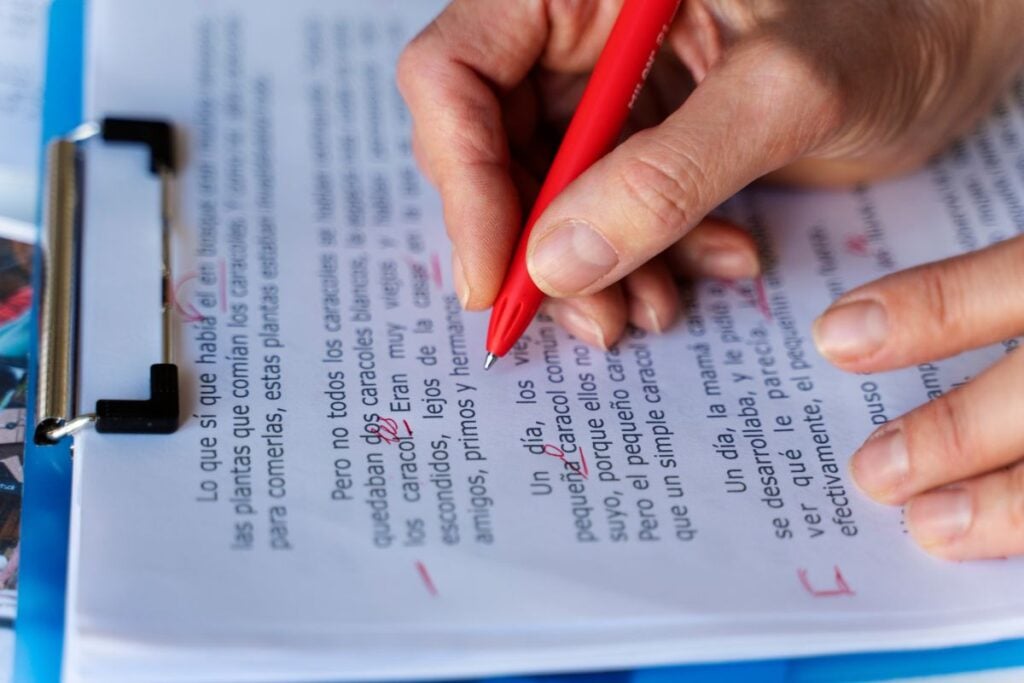
No, spelling is not part of grammar.
Grammar is a structural system. Spelling is a writing convention. They’re different branches of language mechanics.
But here’s why everyone gets confused: they both fall under the umbrella of “correctness” in writing.
When your writing has errors, most people don’t stop to categorize them.
They just know something looks wrong.
Plus, some errors involve both grammar and spelling at the same time. If you write “I seen him yesterday,” is that a grammar error or a spelling error? It’s grammar.
You used the wrong form of the verb. But if you write “I runned yesterday,” that’s still grammar (wrong past tense form), even though “runned” isn’t a real word.
Academic linguists treat spelling and grammar as separate systems.
But in everyday life? Most writing tools, teachers, and style guides lump them together under “writing mechanics” or “language correctness.”
So while they’re technically different, treating them as separate issues doesn’t always help when you’re trying to improve your writing.
How Grammar and Spelling Are Connected
Even though they’re separate, grammar and spelling interact constantly.
Consider contractions. “It’s” versus “its” is technically a grammar issue (one is a contraction of “it is,” the other is possessive).
But it looks like a spelling issue because the words are so similar. Same with “you’re” and “your” or “they’re,” “their,” and “there.”
Homophones create another overlap. “Affect” and “effect” are both spelled correctly as individual words.
But using the wrong one in a sentence is a grammar error (wrong part of speech) that looks like a spelling mix-up.
Verb forms create overlap too. “Lead” (present tense) and “led” (past tense) are different spellings and different grammar forms.
If you write “She lead the team last year,” you’ve made both a spelling error (should be “led”) and a grammar error (wrong tense).
This is exactly why tools that check both at once are so helpful.
When you’re writing, you’re not stopping to categorize every mistake. You just want to know what’s wrong and how to fix it.

If you’re using AI to help with your writing, make sure the output sounds natural and human.
After running grammar and spelling corrections, use Undetectable AI’s AI Humanizer to ensure your text doesn’t sound robotic or over-polished.
Sometimes AI tools make writing technically correct but weirdly formal. Humanizing the output keeps your voice intact.
Spelling vs. Grammar vs. Mechanics: What’s the Difference?
If spelling isn’t grammar, and grammar isn’t spelling, where does everything else fit in?
Enter mechanics. This is the umbrella term that covers all the technical aspects of writing:
- Grammar: How words work together (syntax, verb forms, sentence structure)
- Spelling: How individual words are written (letter arrangement, correct word forms)
- Punctuation: Where commas, periods, and other punctuation marks go
- Capitalization: When to use put letters in uppercase
- Usage: Choosing the right word for the context (formal vs. informal, affect vs. effect)
Mechanics is the whole toolbox. Grammar and spelling are just two tools inside it.
Most writing guides and teachers use “grammar” as shorthand for all mechanics.
It’s easier to say “check your grammar” than “check your grammar, spelling, punctuation, capitalization, and usage.”
But technically, they’re all different.
When you’re working on your writing, it helps to know which area you struggle with most. Some people have perfect grammar but could work on their spelling.
Others spell everything correctly but mix up verb tenses constantly. Once you know where your weak spots are, you can focus your improvement efforts.
Common Grammar Mistakes Often Mistaken for Spelling Errors
Some errors look like spelling mistakes but are actually grammar problems.
Here are the most common ones:
- Its vs. It’s: “Its” is possessive. “It’s” is a contraction of “it is.”
Incorrect: “The dog wagged it’s tail.”
Correct: “The dog wagged its tail.”
- Your vs. You’re: “Your” is possessive. “You’re” is a contraction of “you are.”
Incorrect: “Your going to love this.”
Correct: “You’re going to love this.”
- Their vs. There vs. They’re: “Their” is possessive. “There” indicates location. “They’re” is a contraction of “they are.”
Incorrect: “Their going over there with they’re friends.”
Correct: “They’re going over there with their friends.”
- Then vs. Than: “Then” relates to time. “Than” is for comparisons.
Incorrect: “I’d rather stay home then go out.”
Correct: “I’d rather stay home than go out.”
- Lose vs. Loose: “Lose” means to misplace or not win. “Loose” means not tight.
Incorrect: “Don’t loose your keys.”
Correct: “Don’t lose your keys.”
- Affect vs. Effect: “Affect” is usually a verb. “Effect” is usually a noun.
Incorrect: “That will effect the outcome.”
Correct: “That will affect the outcome.”
These look like spelling errors because both versions of the word are spelled correctly. But choosing the wrong one is a grammatical mistake.
You’re using the wrong part of speech or the wrong word form for the context.
Spell-check doesn’t catch these errors. As far as spell-check knows, “your” is spelled perfectly.
It has no idea you meant to write “you’re.”
Why Both Are Taught Together in Schools
Ever wonder why English class covers both grammar and spelling? It’s not because they’re the same thing.
It’s because you need both to write clearly.
Schools teach them together for practical reasons:
- They both affect readability. Bad spelling makes writing hard to understand. Bad grammar makes writing hard to follow. Both create confusion.
- They’re both about conventions. Language has agreed-upon rules for spelling and structure. You need to know both sets of rules to communicate effectively.
- They’re corrected at the same time. When a teacher grades your paper, they’re not making two separate passes (one for spelling, one for grammar). They’re catching everything in one read.
- They improve together. Reading more helps your spelling. It also helps your grammar. Writing practice improves both, and these skills reinforce each other.
- They’re both tested. Standardized tests, college entrance exams, and professional writing assessments check for both. You can’t ignore one and focus on the other.
For the most part, nobody cares whether your mistake is related to spelling or grammar. They just know your writing has errors. And errors hurt your credibility.
That’s why improving both matters. A perfectly spelled email with terrible grammar still looks unprofessional.
A grammatically perfect essay full of spelling mistakes still loses points.
How to Improve Both Grammar and Spelling
Getting better at grammar and spelling doesn’t mean memorizing rule books.
It means building habits that make correct writing automatic.
- Read constantly. This is the number one way to improve both. When you read, you expose yourself to correct spelling and grammar patterns repeatedly. Your brain starts recognizing what “looks right” without you consciously thinking about rules.
- Write regularly. You can’t improve without practice. Write anything. Emails, journal entries, social media posts, blog drafts. The more you write, the more you’ll catch your own patterns of mistakes.
- Use grammar checkers strategically. Tools catch errors you miss. But don’t just click “accept all.” Read each suggestion and understand why it’s wrong. That’s how you learn.
- Keep a personal error list. Notice which mistakes you make repeatedly. Write them down. Practice the correct versions. Eventually, the right way becomes automatic.
- Learn the homophones. Make flashcards for your problem pairs. Their/there/they’re. Your/you’re. Its/it’s. Practice until you don’t have to think about it.
- Say sentences out loud. Grammar errors often sound wrong even when they look okay on the page. Reading aloud helps you catch them.
- Break down complex sentences. If a sentence feels wrong but you can’t figure out why, break it into shorter sentences. Then rebuild it correctly.
- Study patterns, not rules. Instead of memorizing “i before e except after c,” read enough words with “ie” and “ei” that you recognize the pattern naturally. Note that there are many exceptions, including science, ancient, and species.
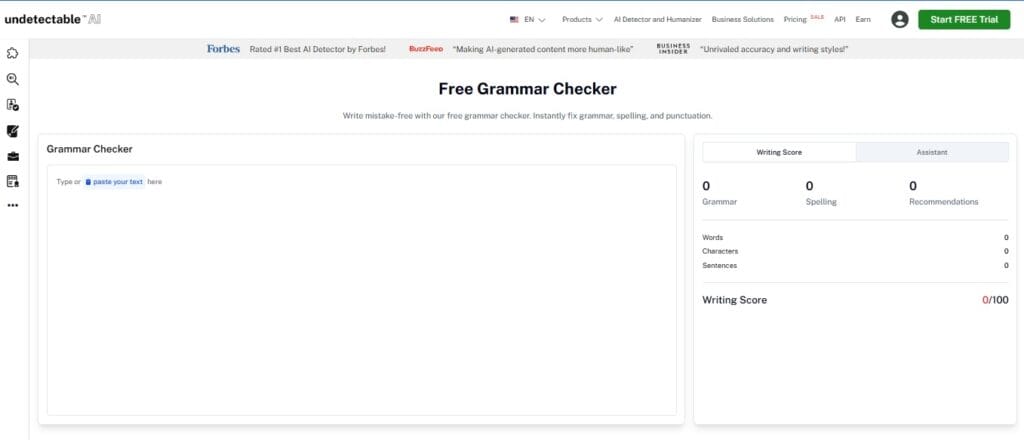
For serious writing projects, consider using Undetectable AI’s AI Grammar Checker to catch mistakes you might miss.
The tool spots grammar, spelling, punctuation, and style issues in one pass. It’s like having an editor review your work before you finish up.
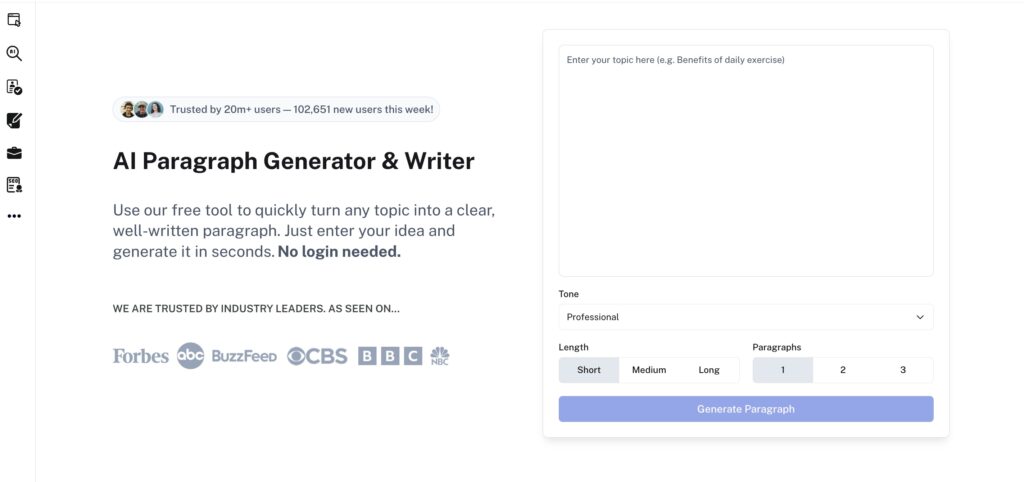
Pair it with the AI Paragraph Generator if you want to see correctly written examples. Sometimes the best way to learn is by studying well-crafted sentences and paragraphs.
Generate samples, analyze them, and practice recreating that structure in your own writing.
The key is consistency. Checking your work once in a while won’t help much. But if you make editing part of your writing process every single time, you’ll improve fast.
Use the AI Checker to analyze your writing for grammar and spelling inconsistencies, especially if you’ve used AI to help draft it.
It scans for subtle AI-generated phrasing, awkward structure, and misplaced word forms that ordinary spellcheckers miss — helping your text stay clear, natural, and human-sounding.
Give our AI Detector and Humanizer a try in the widget below!
Grammar and Spelling Walk Into a Bar…
So, is spelling part of grammar? Technically, no. Grammar covers sentence structure and word relationships, while spelling covers individual word formation.
They’re separate systems with separate rules.
But in practical terms? They work together so closely that separating them doesn’t help most writers.
Both affect clarity. Both affect professionalism. Both need attention if you want your writing to be taken seriously.
The good news is you don’t need to be perfect.
You just need to be aware of your weak spots and have tools to catch mistakes before your writing goes public.
Use tools like Undetectable AI.
Read your work aloud. Practice the errors you make most often. And remember that even professional writers make mistakes in first drafts.
The difference is that they catch them before anyone else sees them.
Focus on improvement, not perfection. Every piece of writing you edit carefully is practice. And practice makes permanent.
